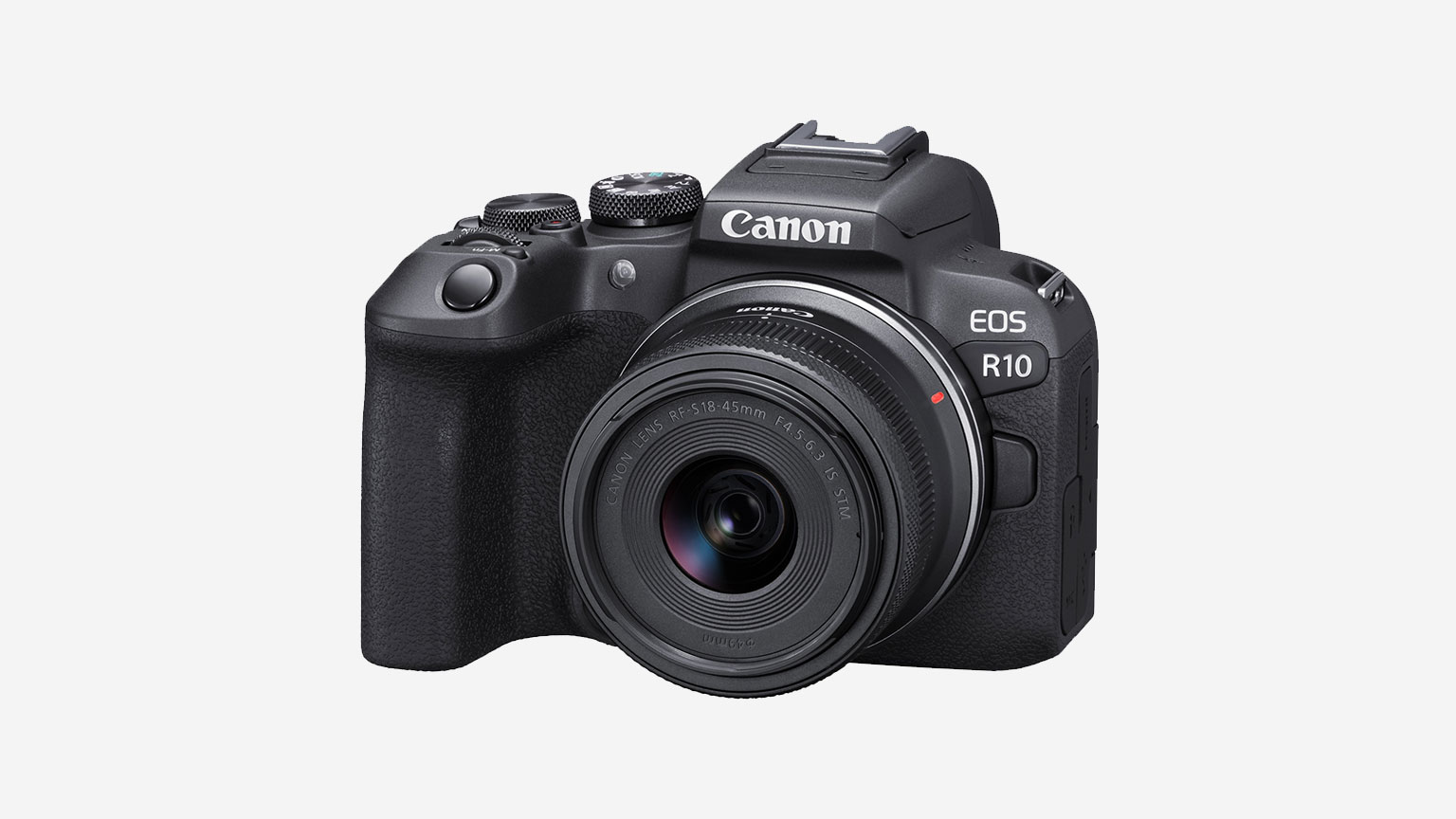The TrueDepth camera system is a cornerstone technology in newer iPhone models, enabling features such as Face ID, Animoji, and selfie portraits with depth control. However, like any technology, it can occasionally encounter issues. If you’re experiencing problems with your TrueDepth camera not functioning correctly, this guide will walk you through a series of troubleshooting steps to identify and resolve the issue. We’ll cover initial checks, software troubleshooting, hardware considerations, and when to seek professional support.
Initial Checks and Basic Troubleshooting
Rebooting Your iPhone
The first and simplest step to resolve any technical glitch is to reboot your device. This action can often clear temporary software errors that may be causing the TrueDepth camera system to malfunction. To restart your iPhone, press and hold the side and volume buttons until the power off slider appears, then swipe the slider to turn off your device. After a few moments, press and hold the side button again to turn your iPhone back on.
Examining Physical Obstructions and Cleanliness
Before delving into more complex troubleshooting methods, ensure that the TrueDepth camera is not physically obstructed. Check for any cases, screen protectors, or dirt that might cover the camera or its sensors. Clean the area around the TrueDepth camera using a soft, lint-free cloth. Avoid using cleaning products that might damage the camera.

Software Troubleshooting Steps
Updating Your iOS
Outdated software can lead to a multitude of device issues, including problems with the TrueDepth camera. To check if your iPhone’s operating system is up to date, go to Settings > General > Software Update. If there is an update available, download and install it. This can provide bug fixes and improvements that may restore the TrueDepth camera’s functionality.
Resetting Face ID
If your issue relates specifically to Face ID, resetting this feature can help. Navigate to Settings > Face ID & Passcode and enter your passcode. Then, tap ‘Reset Face ID’. After resetting, set up Face ID again by following the on-screen instructions. This process can recalibrate the camera and resolve issues preventing Face ID from working.
Hardware Considerations
Checking for Physical Damage
If you’ve dropped your iPhone or it has been exposed to water, the TrueDepth camera hardware may be damaged. Examine your device for any noticeable cracks or defects that could affect the camera’s operation. In the case of physical damage, attempting a software fix will not resolve the problem and professional repair will be necessary.
Assessing Environmental Factors
Environmental factors such as bright sunlight or infrared interference can impact the TrueDepth camera’s performance. If you’re having trouble with Face ID, try using the feature in different settings to determine if the environment is the cause. Be aware that extremely low or high temperatures can also affect device functionality and consider whether recent exposure to such conditions could be influencing the camera’s performance.
When to Seek Professional Support
Consulting Apple Support
If you’ve tried all the previous steps and the TrueDepth camera is still not working, it’s time to contact Apple Support. You can do this through the Apple Support website, the Apple Support app, or by visiting an Apple Store or authorized service provider. Prior to your appointment, make sure to back up your iPhone data to avoid any potential loss during the diagnostics or repair process.
Considering Warranty and Repair Options
Before seeking repair, check if your iPhone is still under warranty or if you have AppleCare+. If your device is covered, repairs may be at no additional cost to you. However, if your warranty has expired, be prepared for potential costs associated with fixing the TrueDepth camera. Always opt for a reputable service provider to ensure quality repairs and the preservation of your device’s integrity.
In conclusion, while problems with the TrueDepth camera on your iPhone can be frustrating, they are often solvable through a series of systematic troubleshooting steps. Start with simple solutions like rebooting the device and checking for obstructions. Proceed to software updates and settings adjustments if necessary. Consider hardware damage and environmental factors, and when in doubt, seek professional support. Remember, the goal is to get your TrueDepth camera back to its fully functional state so you can enjoy all the features it supports.